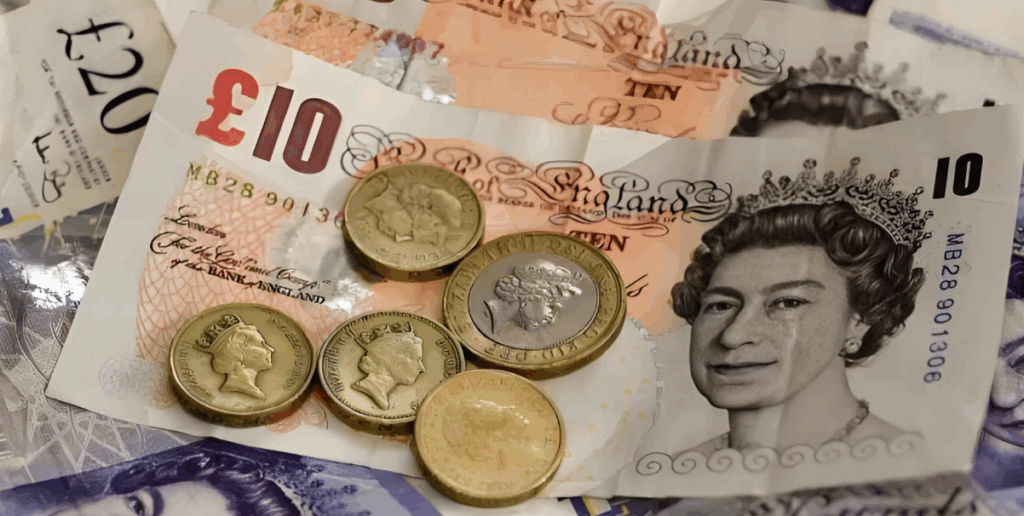The British pound weakened against the US dollar after UK inflation data came in softer than expected, altering expectations around interest-rate divergence and currency flows.
Key Highlights
- The GBP/USD rate fell around 0.21% following the UK’s recent inflation print, raising the odds of a Bank of England (BoE) rate cut.
- Investors now price in higher likelihood of earlier BoE easing, while the Federal Reserve (Fed) is still expected to cut later—but the dollar remains resilient.
- Strategists from institutions like JPMorgan Chase & Co. view the current environment as a “regime-shift” that could favour the euro and pound over the dollar in 2025.
- Fundamental seasonality and currency flows may provide the next directional push for EUR/USD and GBP/USD pairs as year-end approaches.
GBP/USD Weakens on Softer CPI-Led Sterling Reaction
The recent UK inflation figure came in below market expectations, sparking a retreat in GBP/USD as sterling traders re-assess the timeline for BoE policy action. The soft print has increased the probability that the BoE may pivot toward easing earlier than previously thought, reducing the interest-rate differential advantage that the pound enjoyed.

Dollar Resilience and Fed Outlook Put Pressure on Sterling
While the BoE faces easing pressure, the Fed remains cautious but is signalling potential cuts, which tends to weigh on the dollar. However, the dollar’s broader strength is underpinned by safe-haven flows and aggressive market positioning. Comments from Fed Chair Jerome Powell indicated labour-market softness and a more cautious stance, which helped wind down the dollar’s recent rally.
Regime Shift: Euro & Pound May Benefit from Structural Change
Analysts at JPMorgan and others are flagging a structural pivot: with US growth and policy risks mounting, and Europe showing signs of improved fiscal outlook, currencies like the euro and pound may benefit from re-allocation of global portfolio flows. For traders, this suggests that GBP/USD and EUR/USD may begin to reflect deeper macro shifts rather than purely short-term rate-expectation swings.
Seasonality & Flow Dynamics Set the Stage for Year-End Moves
Historically, September and the autumn period have shown modest strength for EUR/USD and mixed performance for GBP/USD, but with changing fundamentals the usual patterns may not hold. Combined with FX flows and central-bank signals, the currency pairs could see greater divergence into year-end.
Bottom Line: For FX traders and hedgers, the sterling is coming under pressure from softer inflation and earlier easing risk, even as the dollar remains resilient. The broader theme of a potential regime shift away from the dollar toward European currencies adds strategic depth to short- and medium-term positioning in GBP/USD and EUR/USD.
